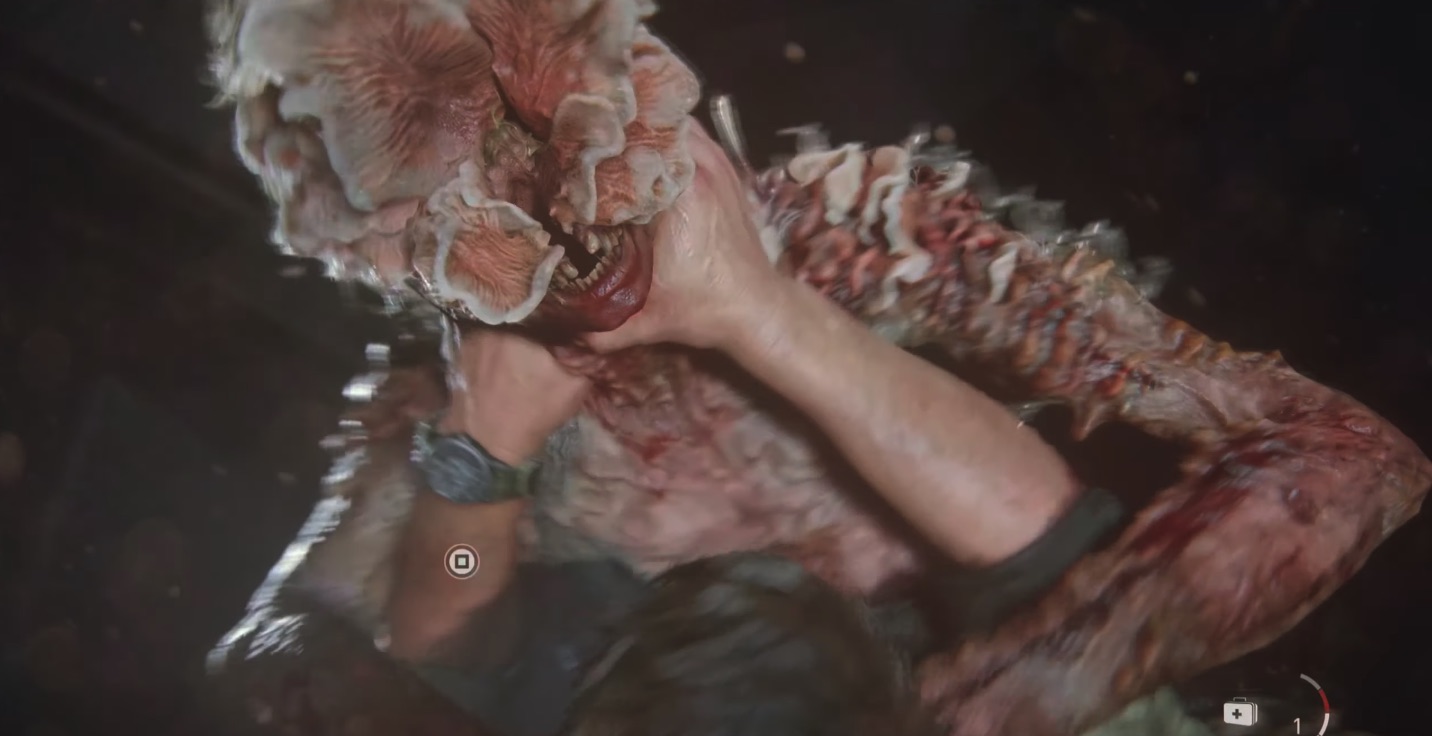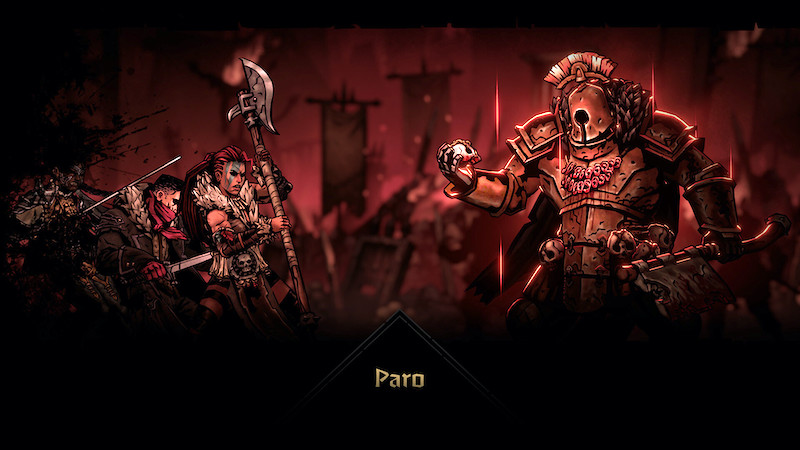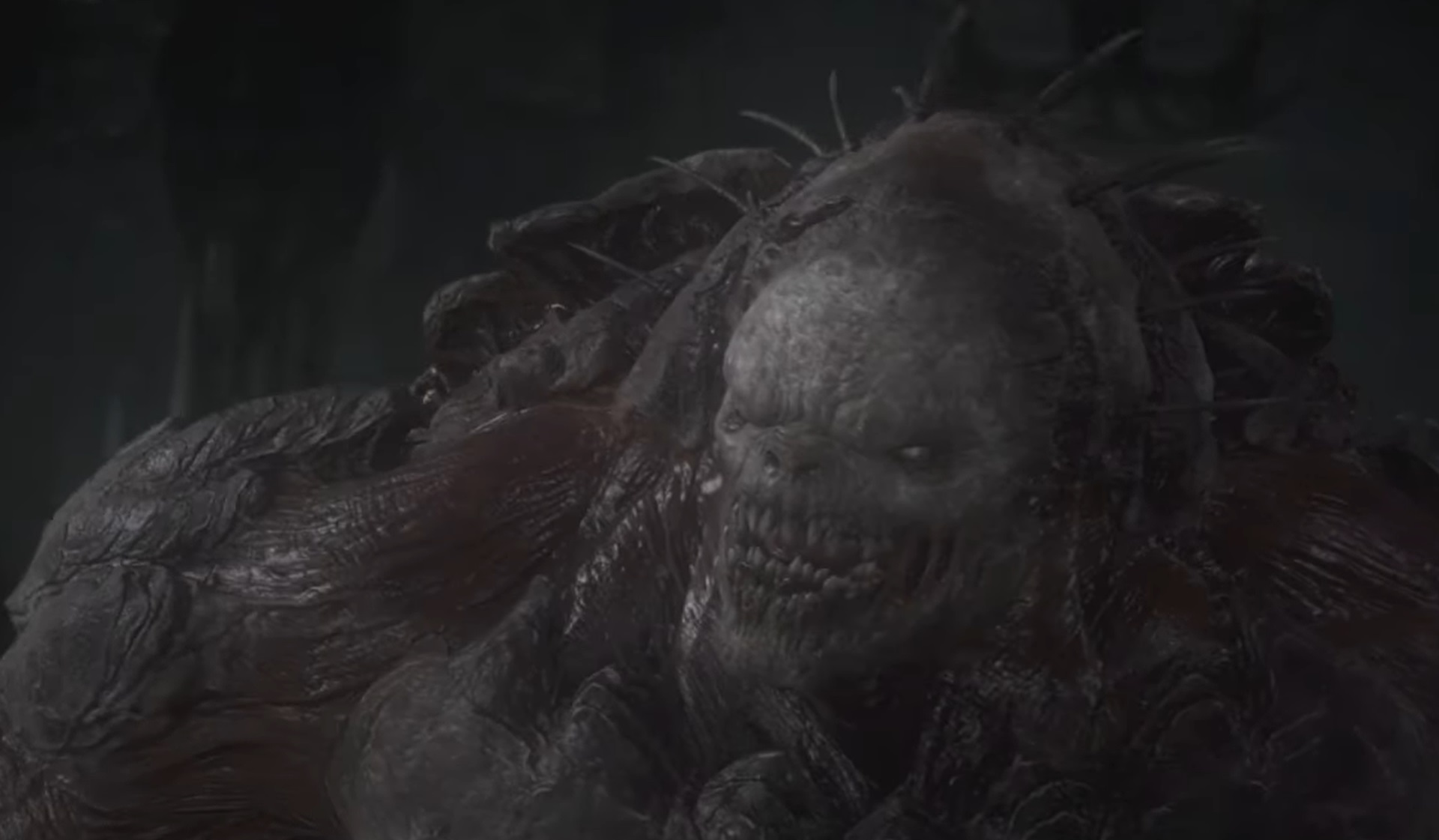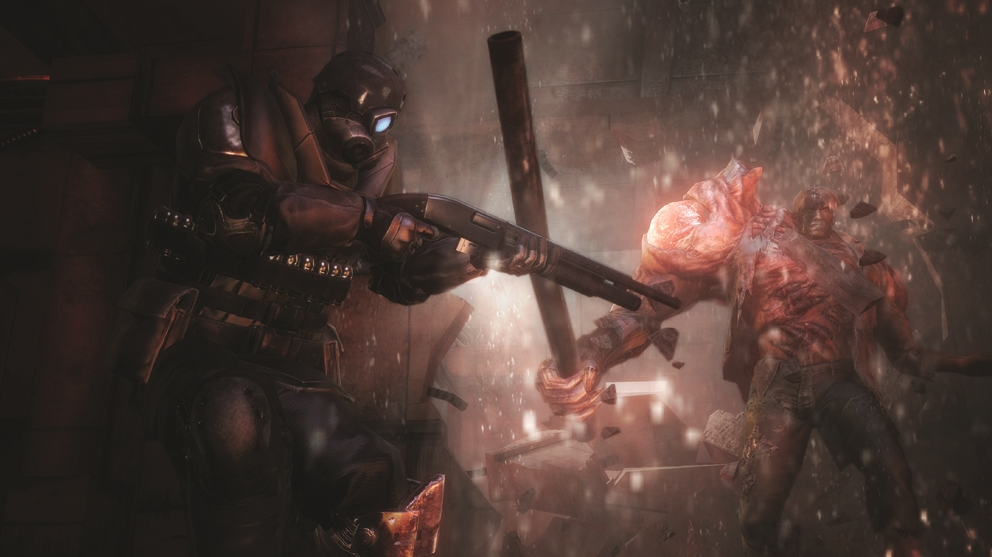
Monster Mania: In The Last of Us, Silence is Your Savior
Monster Mania is a weekly column celebrating the unique and varied monster designs in horror gaming.
The most memorable of monsters are the ones you hear before you see. Not just a typical howl or growl but an unmistakable utterance. It is a dread-inducing vocalization that both terrifies and reminds the player of their initial encounter with the monster. First encounters with new enemies are both thrilling and terrifying. After all, a monster’s unknowing capacity for tearing the player limb from limb is a reasonable concern. The player can’t help but ask themselves questions like: What will the monster look like? How will they behave? And why, god, why does it have so many teeth!?
Sound design is just as, if not more important than, the look of a monster, given both the chill factor and auditory cue provided to the player. There are few monsters with such a smart blending of audio, gameplay, and aesthetic design as the Clicker. A recurring foe found within the world of The Last of Us, Naughty Dog’s beloved post-apocalyptic adventure horror series. But to understand why sound is integral to the Clicker’s design, we must start with their appearance.
Unlike most common infected enemies, Clicker’s days of resembling their former human selves have long since passed. Their appearance indicates the length of time the host was a victim of the cordyceps fungal infection, given the severity of their deformation.
And as a result, they are scary as shit.

Clicker’s most distinguishing feature is that their face has taken the brunt of the fungal infection, having sprouted a massive hardened mushroom mass that has grown over their eyes, blinding them. Though, as with most well-designed monsters, there is a flip side to their impairment that spells trouble for the player.
Due to the year plus with which they have survived while infected and blind, Clickers have developed echolocation. Clickers will be alerted to the player’s location if they make one wrong move. And while stealth should be the player’s primary means for exploring the world of The Last of Us, the Clicker’s deadliness places even more emphasis on noise discipline.
Now for that nickname: Clicker. The name is derived from Clicker’s chronic, well, clicking: A simple but effective intimidation tactic that is a byproduct of their morphology. In addition to the typical moans and groans of The Last of Us infected, their incessant clicking announces their arrival. Their iconic vocalization not only puts the players on edge by reminding them of Clicker’s deadlines but also reminds them to be silent.
Unlike most infected enemies, which the player can take several hits from, a Clicker’s bite is fatal. Seeing them sink their jagged teeth into Joel or Ellie’s necks and pulling back a striation of juicy neck meat is always nauseating. Making matters worse, Clickers possess superhuman toughness making them more formidable than most infected. Furthermore, their movement pattern is almost dance-like, making their charging at the player all the more terrifying as killing them using traditional infected slaying means is difficult.
While Clicker’s hypersensitivity to sound makes them vigilant hunters, their weaknesses can also be exploited. Joel and Ellie learn early on that they can be baited around environments by luring them with a tossed bottle or brick. Baiting can be used to maneuver around them or have them turn their back to the player, which is ideal for a stealth takedown.

Or you can simply bait a group of Clickers into a corner with a bottle before lovingly sending a Molotov cocktail their way: a louder solution, but a solution all the same.
In the Last of Us Part II, Clicker’s sight impairment can be further used to the player’s advantage in combat. Occasionally, the player will encounter environments populated by infected and human enemies of various factions that Ellie will face on her journey for revenge. Utilizing the tried and true method of bottle-baiting, they can be lured into attacking these human enemies. The chaos that ensues from this allows Ellie to sneak unnoticed to the next area or quietly pick off any distracted stragglers to satiate her appetite for bloodshed.
The new addition of a bow and arrow to Ellie’s arsenal can also be used to bait clickers to a specific location (by firing an arrow into a part of the environment where it will break on impact) or to score silent ranged takedowns. Considering the design of Clickers doesn’t change drastically from Part I to Part II, the natural evolution of combat mechanics built around it deserves praise.
Given the overt hostility and horrors of the world of The Last of Us, the Clicker being such a standout is no small feat on Naughty Dog’s part. Their signature sound design and ferociousness in combat have instilled terror in players for over a decade and speak to their being revered as an iconic monster synonymous with the series.
For more horror game reviews, opinions, and features, check out DreadXP.




